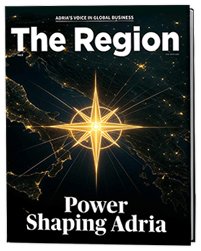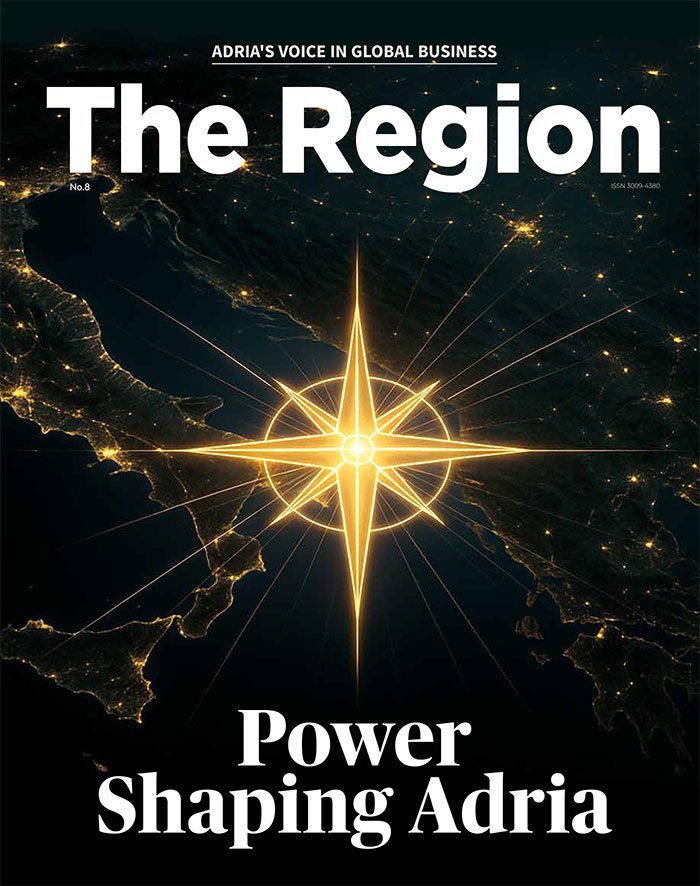In a surprising twist to the economic narrative, Croatia has emerged as the Eurozone country with the highest inflation rate in February, registering a striking 4.8 percent. This revelation comes from the latest data released by Eurostat, contrasting sharply with the Eurozone’s average annual inflation rate of 2.6 percent for the same period.
According to a preliminary report from the Central Bureau of Statistics (CBS), Croatia’s inflation witnessed a modest uptick to 4.1 percent in February 2024, compared to the same month in the previous year, and saw a slight increase of 0.2 percent from January 2024. This development marks a pause in the trend of decelerating annual inflation that Croatia had been experiencing, maintaining the January 2024 year-on-year inflation rate at 4.1 percent.

The inflationary pressures were felt unevenly across various sectors. Notably, the food, beverage, and tobacco category reported an annual inflation rate of 5.5 percent, while services inflation soared to 6.4 percent. In contrast, industrial non-food products excluding energy saw a more modest increase of 2.5 percent, and when including energy, a negligible rise of 0.4 percent was observed.
Month-on-month comparisons reveal a mixed picture, with energy prices jumping by 1.5 percent and services by 0.5 percent from January to February 2024. However, the period also saw a reduction in the prices of food, beverages, and tobacco by 0.4 percent, and a slight decrease of 0.2 percent in the cost of industrial non-food products without energy.
The CBS has indicated that it will release comprehensive data on February’s consumer price index, classified according to the European Classification of Individual Consumption according to Purpose (ECOICOP), on 15 March 2024.
Eurostat’s initial estimates also underscored that Croatia’s inflation, as measured by the harmonised index of consumer prices (HICP), maintained its annual rate of 4.8 percent from January to February 2024, further highlighting the country’s inflationary outlier status within the Eurozone. This stark contrast draws attention to Croatia’s economic landscape, which now stands at the forefront of the Eurozone’s inflationary challenges.







